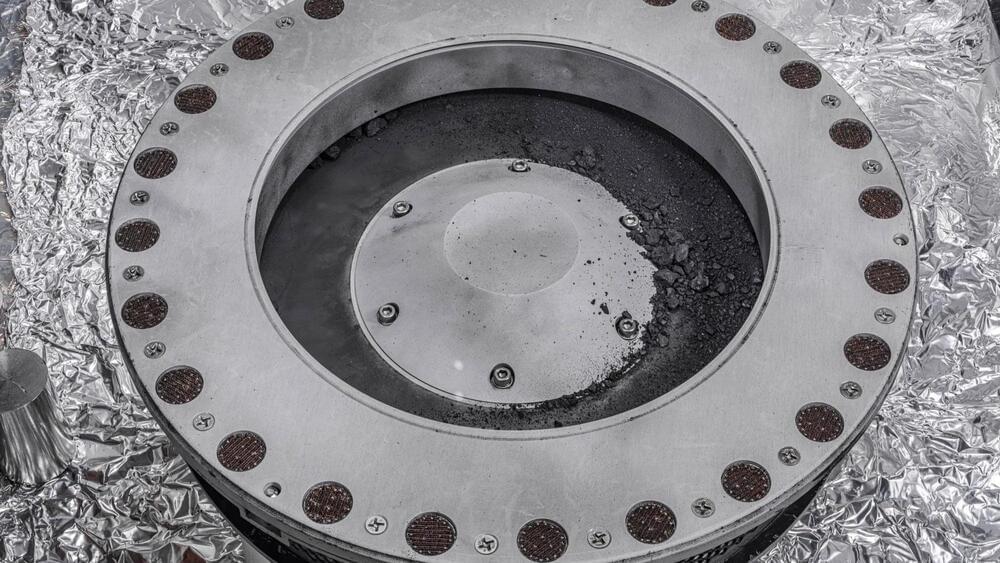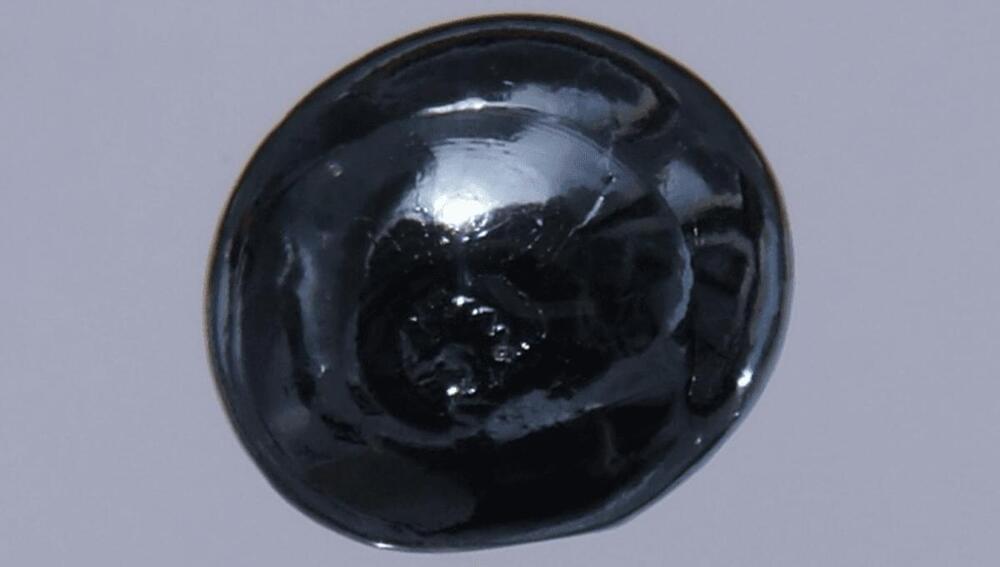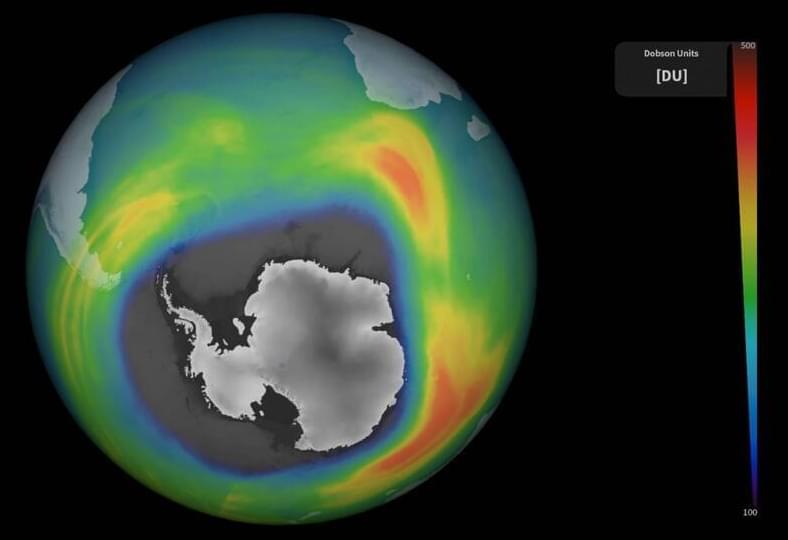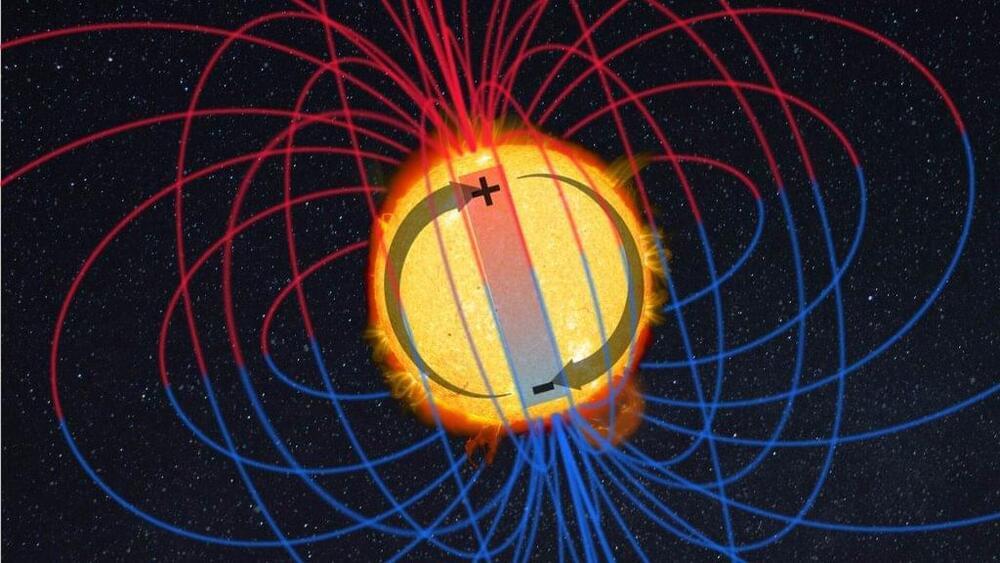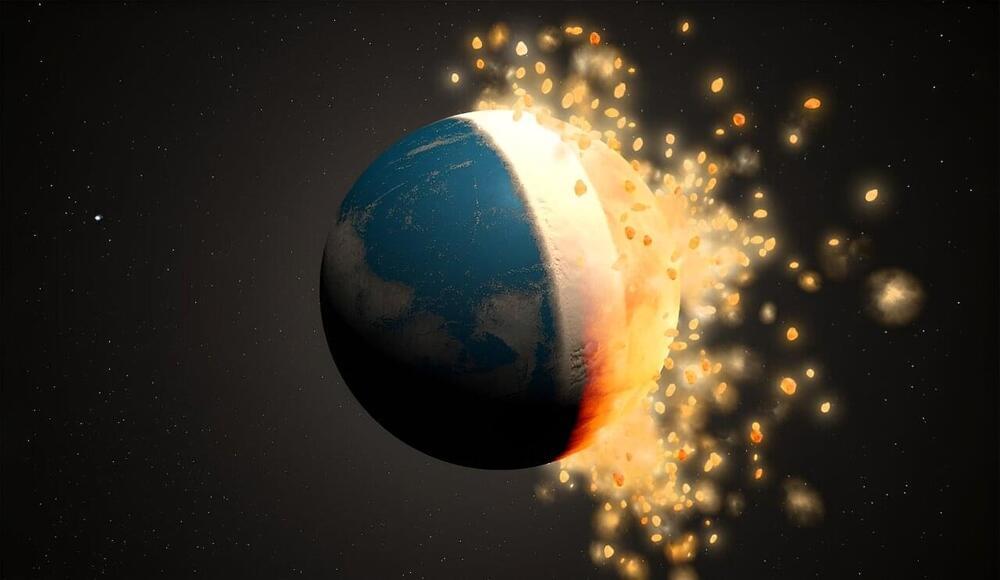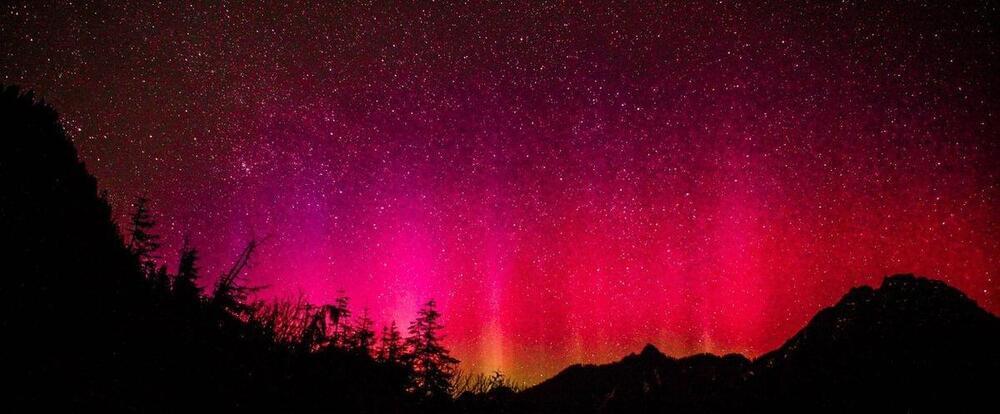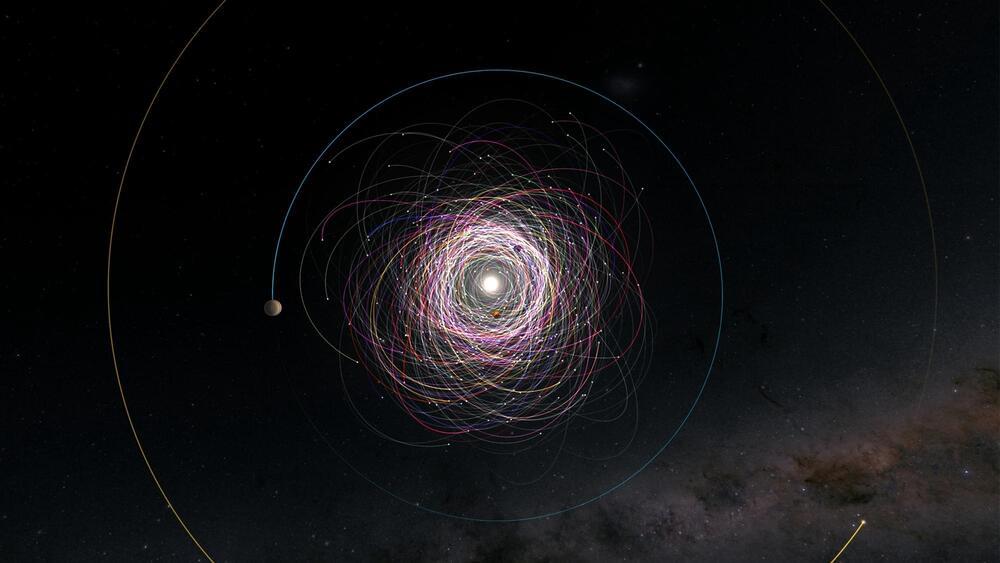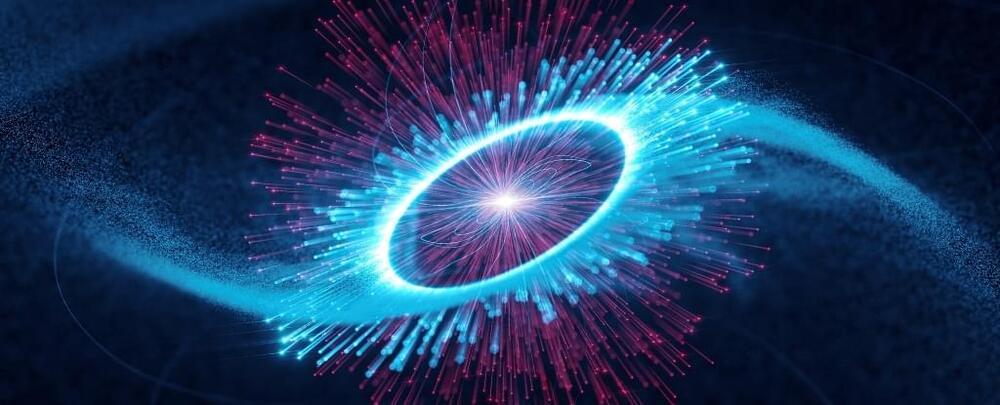Oct 12, 2023
NASA’s first asteroid-return sample is a goldmine of life-sustaining materials
Posted by Josh Seeherman in categories: chemistry, space
The powdery material that NASA officials unveiled on Wednesday looked like asphalt or charcoal, but was easily worth more than its weight in diamonds. The fragments were from a world all their own—pieces of the asteroid Bennu, collected and returned to Earth for analysis by the OSIRIS-REx mission. The samples hold chemical clues to the formation of our solar system and the origin of life-supporting water on our planet.
The clay and minerals from the 4.5 billion-year-old rock had been preserved in space’s deep freeze since the dawn of the solar system. Last month, after a seven-year-long space mission, they parachuted to a desert in Utah, where they were whisked away by helicopter.
Continue reading “NASA’s first asteroid-return sample is a goldmine of life-sustaining materials” »
